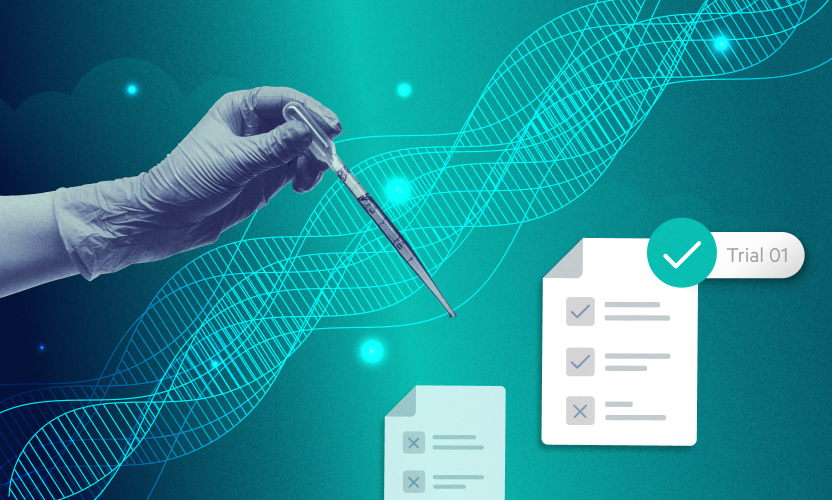
IDC: Life Sciences Firms Must Embrace Digital Transformation Now
Pre-pandemic, the life sciences industry had settled into a pattern. The average drug took 12 years and $2.9 billion to bring to market, and it was an acceptable mode of operations, according to Nimita Limaye, Research Vice President for Life Sciences R&D Strategy and Technology at IDC.
COVID-19 changed that, and served as a proof-of-concept for how technology can truly help life sciences companies succeed and grow, Limaye said. She recently spoke about industry trends at Egnyte’s Life Sciences Summit 2022. You should watch the entire session, free and on-demand, but here’s a brief recap of why she’s urging life sciences companies to embrace digital transformation.
Early Adopters are Already Seeing Returns on Their Investments
The pandemic highlighted the need for true agility and data resilience. The most notable example of this was the efforts to bring new vaccines to market in under a year, but there are many more like it. Companies had to reinvent themselves to support remote workers and patients.
“There are a ton of different examples where the life sciences industry, which typically was relatively tech averse, moved up, adopted, and moved ahead,” she said.
A third of life sciences businesses have seen between 25% and 49% improvements in innovation as a result of digital transformation, according to IDC research. Overall, the industry is in the “late majority” category when it comes to digital transformation, but the pandemic clearly served as a wake-up call, Limaye said. Notably, 78% of biotechs consider digital transformation a top priority.
Decentralization Requires Better Tools
The shift to digital opens the door to all sorts of opportunities, but it also requires a lot of change. Here are just a few of the technology considerations Limaye discussed.
Security and Compliance. Look for digital tools to help protect data wherever it resides and to comply with geography-specific regulations such as GDPR, HIPAA, CCPA and more.
Automation. This can accelerate business processes in lots of ways. For example, traditional data analysis is manual, with lots of dependencies and high latency. Automate those steps to get real-time insights, and shift from being reactive to being proactive.
Collaboration. Empower users with the tools they need to support real-time collaboration and data analysis from anywhere.
Single source of truth. Don’t get bogged down by too many point solutions, too many data repositories, and too much duplicate content. Use an integrated solution that puts all the data in one place.
Digital Transformation is About More Than Just Technology
Technology has to be in a company’s DNA today—not just in terms of business priorities, but on the overall business strategy. But that requires more than just changing out software.
“It's about process change, but it's also about a change in mindset,” Limaye said.
Companies need to make operational and business model changes. They also need to better define key performance indicators so they can measure the return on investment.
Patient-centric Approaches
Patients are more digitally savvy than ever. They’ve also experienced the convenience of at-home trials. Life sciences companies need to make technology investments that translate to better patient engagement and retention.
Limaye used the example of a technology solution a patient uses from home so they don’t have to go to the hospital. That’s great, but what if the patient wants to speak with a physician for personal assurances? Whether it’s through a chief customer experience officer, crowdsourcing, or patient advocacy groups, companies need to weave these initiatives into how they design their studies and technology solutions.
Start Your Digital Transformation
Limaye went into much greater detail on these topics in her talk. She also provided practical advice on how to build a digital transformation strategy. This included a discussion about what use cases have the biggest ROI and how startups utilize tech with limited budgets. To watch her session in its entirety, click on the link below.






